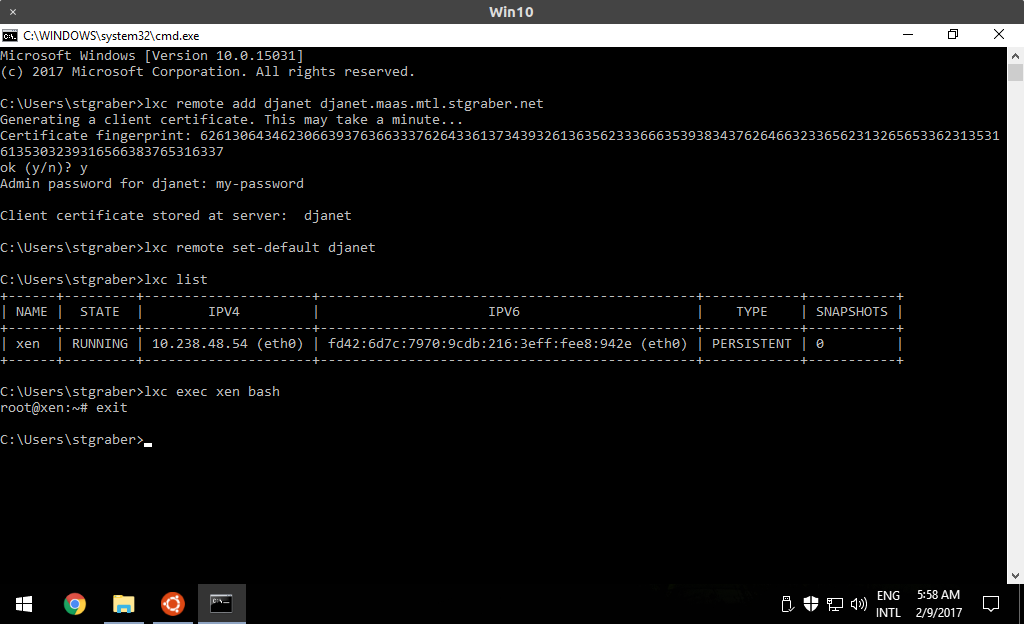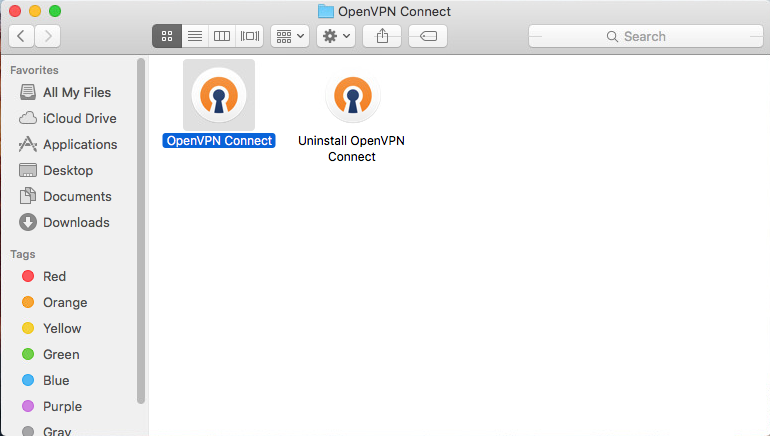

- #OPENVPN CLIENT MACOS M1 FOR MAC#
- #OPENVPN CLIENT MACOS M1 UPDATE#
- #OPENVPN CLIENT MACOS M1 WINDOWS 10#
- #OPENVPN CLIENT MACOS M1 PASSWORD#
- #OPENVPN CLIENT MACOS M1 PC#
#OPENVPN CLIENT MACOS M1 PASSWORD#
Hi open connect CLI supports two options, token-secret and token-mode which will let you enter a second password assuming it's based around a common method of 2FA. I guess you could run 2 openconnect in parallel, one for a VPN and the other open to replace the Cisco An圜onnect. So I've stopped using Cisco Anyconnect and replace it with openconnect. Cisco An圜onnect takes over the routing table and it's not allowing you to modify the routes even if I was manually adding a route it was not actually reflecting in the routing table. route which was messing up other custom routes I had. Using Cisco Anyconnect, I always got a 10. By that I mean that I switched from An圜onnect to OpenConnect. I was saying that I've solved the routing issues generated by Cisco An圜onnect. I'm not running An圜onnect and OpenConnect in parallel. Hi, can you please share how you resolved to routing problem? This is something I'm struggling with, trying to have both An圜onnect and openconnect, connected to 2 different VPNs. Route problem solved (Cisco was not allowing me to override some routes that I needed).

It's working on MacOS Catalina even with Cisco An圜onnect installed. I was forced to reboot to fix it so I could reconnect to the VPN. I had an incident after an unclean VPN exit where later the VPN hostname could not be found. To disconnect, just Ctrl-c in the window where you started the VPN connection. The only thing you should be prompted for is your VPN password. pem file somewhere on your hard drive (I put it in ~/.ssh/.pemĬonnect! sudo openconnect -user= -cafile= Search the "System Roots" keychain to find your root certificate and select itįile > Export Items. visit your SSL VPN in Chrome, click the green lock, click "Certificate Information") trusted by browsers), so we can safely trust it by specifying the CA file after exporting it from Ke圜hain:ĭetermine the name your root certificate (i.e. The self-signed cert is actually the root certficate and (hopefully) is one with implicit trust (i.e. (Optional) When connecting to your SSL VPN, openconnect may complain about a "self-signed certificate" being in the chain and force you to explicitly accept it every time. sudo visudo -f /etc/sudoersĪnd added this line: %admin ALL=(ALL) NOPASSWD: /usr/local/bin/openconnect So, I added password-less sudo ability for the openconnect command. (Optional) Running openconnect requires sudo, presumably because it affects resolution of DNS.
#OPENVPN CLIENT MACOS M1 UPDATE#
OpenConnect can be installed via homebrew: brew update And by "conflicts", I mean it causes a grey-screen-of-death kernel panic anytime you connect to the VPN and Pow is installed.Īs an alternative, there is OpenConnect, a command-line client for Cisco's An圜onnect SSL VPN.
#OPENVPN CLIENT MACOS M1 FOR MAC#
Verify SoftEther client settings on your Mac.Unfortunately, the Cisco An圜onnect client for Mac conflicts with Pow. What else can I try to diagnose this problem?Įnsure router's built-in VPN isn't conflicting.Ĭheck for ISP restrictions on VPN traffic. I have used TCPing to check that port 5555 is open at the DDNS host (router), and it reports that the port is openīut somehow the connection still cannot get through to the server on the PC. I have tried entering the IP address of the router instead of the DDNS hostname (same result) If I ping the DDNS hostname address provided by SoftEther it correctly resolves the public IP address of my router, so I know that I am attempting to connect to the correct address However, I always get the message "The LT2P-VPN server did not respond". I am able to connect to other L2TP over IPSec VPN's, so I know this computer is able to do so.

I am then trying to establish a VPN connection using an M1 Mac. Enabled IPSEC which appears to forward TCP port 500:UDP port 4500.
#OPENVPN CLIENT MACOS M1 PC#
Enabled port forwarding for TCP port 5555 (external) from all addresses to port 5555 on the IP address of the PC Disabled antivirus and turned off the Windows firewall on the server to ensure they are not interfering with the VPN. Configured the selected network adaptor to VLAN transparency. Set up a local bridge to connect the virtual hub to the PC's network adaptor. Created a virtual hub and it says that it is online.
#OPENVPN CLIENT MACOS M1 WINDOWS 10#
I have installed SoftEther Server on a Windows 10 PC within the office LAN. I am trying to set up remote access to my office.


 0 kommentar(er)
0 kommentar(er)
